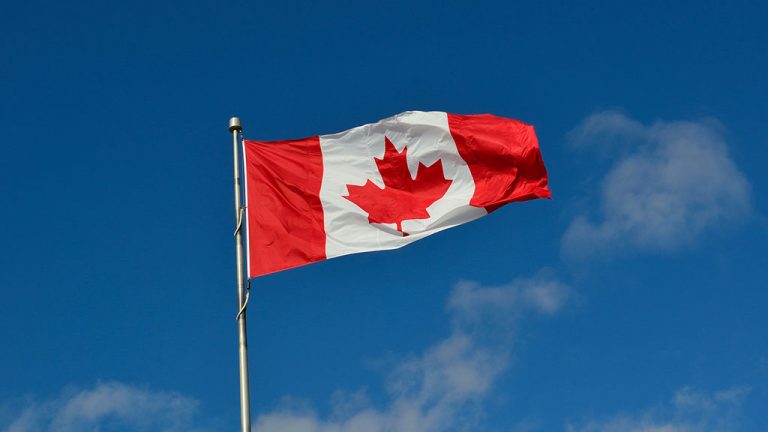Canada’s Indigenous project developers are suddenly finding themselves ahead of the curve globally as their decades-long insistence on strict environmental and social guidelines for project advancement is now seen as aligning with the fast-rising ESG movement.
The convergence of the approaches was on full display at the First Nations Major Projects Coalition (FNMPC) Indigenous Sustainable Investment Conference held online March 18 and 19. Among the ESG (Environmental, Social, and Governance) luminaries featured was Mark Carney, head of impact investing at Brookfield Asset Management and United Nations Special Envoy for Climate Action and Finance.
Two months later, on June 8, the FNMPC released its Roadmap to Investing in Canada: Indigenous Inclusion in ESG report summarizing findings from the conference and presenting a top 10 list of challenges to overcome.
B.C.-based FNMPC executive director Niilo Edwards said major momentum has been building in the past two years as Indigenous project supporters realize that the goal of a $100-billion Indigenous economy in Canada, first proposed by Indigenomics Institute CEO Carol Anne Hilton, is within their grasp.
“I think it’s quite realistic,” said Edwards. “It is a goal that I think will be exceeded within the next few years. Even compared to last year and the year before, we’ve seen much progress in the last 18 to 24 months towards inclusion in the economy so I can only be excited for what lies ahead.”
The FNMPC currently has five projects in various stages of planning and development in its portfolio with a potential investment value of $7 billion, and Edwards highlighted numerous other recent Indigenous projects announced across the country, from Mi’kmaq investment in Nova Scotia’s Clearview Seafoods and transmission line and power projects in Ontario to the Fort Hills Tank Farm and the ATCO powerline projects in Alberta.
The March conference identified existing gaps to be bridged by First Nations members and potential investors, said Edwards, “and the risks that are present in the intersection between investor confidence and the relationship with Indigenous communities.
“We started to dive into that a little bit deeper, and what we found is quite shocking in the sense that, for the most part, ESG principles that are established globally don’t take into consideration the interests of Indigenous communities and for investment in Canada. That’s some serious risk exposure.”
The global embrace of ESG standards and net zero goals aligns perfectly with traditional Indigenous thinking, said Edwards.
“I think the rest of the world has caught up to where our members have always been on the sustainability front. Our members have been very clear that with any proposed development, the environment comes first. It’s only a natural fit that Indigenous communities would want to be seen as leaders in the energy transition, and that there’s tremendous opportunity for our members to succeed at becoming full partners in the transition that we’re seeing.”
Indigenous consultants such as the Reconciliation and Responsible Investment Initiative and the National Aboriginal Trust Officers’ Association are ready to step up to work with potential investors in realizing Indigenous ESG goals, Edwards said.
“If we’re going to achieve these targets, and if we’re going to increase the electrification capacity of Canada, there’s a massive infrastructure component and massive investment component that is needed. All of those considerations in one way or another impact the interests of Indigenous people because those projects are ultimately going to have to cross the territories at one time or another.”
The top 10 list addresses the needs for Indigenous investment capital, which stems in part from the Indian Act prohibition of using property assets as capital; for growth in Indigenous capacity; for early consultation with First Nations on projects; for alignment with Indigenous values; for participating partners to upgrade their ESG policies; and for significant Indigenous representation at corporate levels, including Indigenous women.
“We can’t meet thorough ESG inclusion for Indigenous people without a robust program around access to competitively priced capital for equity investment,” said Edwards, indicating that was the top need on the list.
“For a lot of First Nations there isn’t a lot of risk capital around to stimulate a good return from money borrowed in the commercial markets, without some kind of credit enhancement or financing innovation from government. In Ontario, in Alberta, you have loan guarantee programs at the provincial level which have proven successful. We don’t yet have a national strategy for Indigenous access to capital, and it’s something that needs to be paid close attention to by the federal government if we’re going to have true inclusion of Indigenous people in the economy.”
Follow the author on Twitter @DonWall_DCN.










Recent Comments